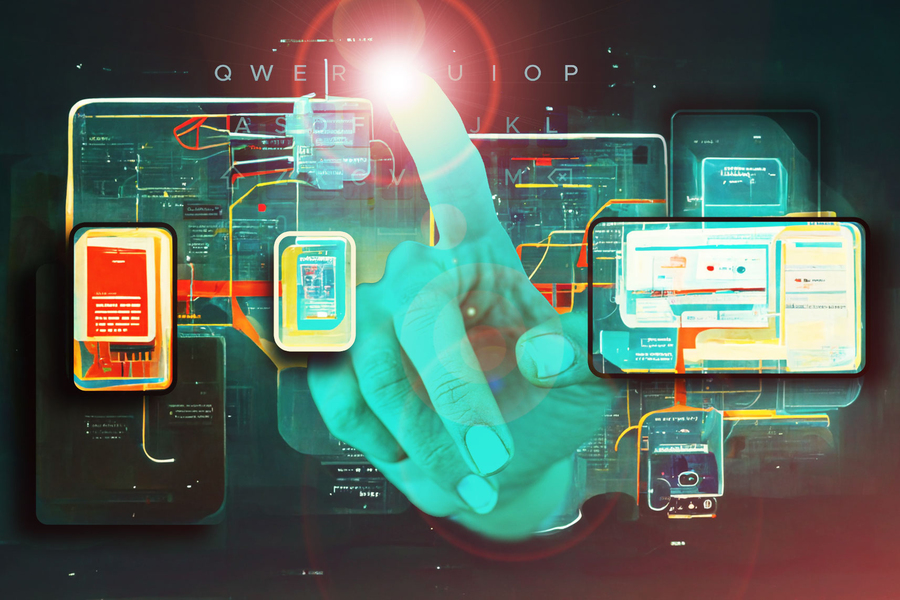
A small team of AI engineers at Zoom Communications has developed a new approach to training AI systems that uses far fewer resources than the standard approach now in use. The team has published their results on the arXiv preprint server.
The new approach developed at Zoom is called Chain of Draft (CoD), an update of the traditional approach now in use called Chain of Thought (CoT). CoT uses a step-by-step approach to solving a problem, similar in many ways to human problem-solving...
Read More









Recent Comments